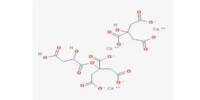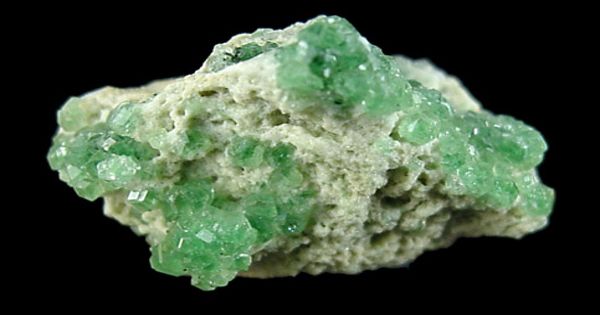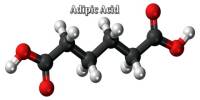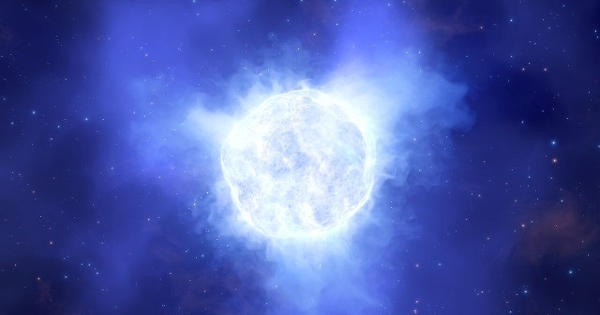Carbon is a chemical element with symbol C and atomic number 6. It is a nonmetallic chemical element in Group 14 (IVa) of the periodic table. It is nonmetallic and tetravalent-making four electrons available to form covalent chemical bonds. It belongs to group 14 of the periodic table. Three isotopes occur naturally, 12C and 13C being stable, while 14C is a radionuclide, decaying with a half-life of about 5,730 years. Carbon is one of the few elements known since antiquity.
Carbon is the 15th most abundant element in the Earth’s crust, and the fourth most abundant element in the universe by mass after hydrogen, helium, and oxygen. Only hydrogen, helium, oxygen, neon, and nitrogen are atomically more abundant in the cosmos than carbon. It is the second most abundant element in the human body by mass (about 18.5%) after oxygen. Carbon does not dissolve in or react with water, acids, or most other materials. It does, however, react with oxygen.
- atomic number: 6
- atomic weight: 12.0096 to 12.0116
- melting point: 3,550 °C (6,420 °F)
- boiling point: 4,827 °C (8,721 °F)
- density: diamond 3.52 g/cm3; graphite 2.25 g/cm3; amorphous 1.9 g/cm3
- oxidation states: +2, +3, +4
The atoms of carbon can bond together in diverse ways, resulting in various allotropes of carbon. The best-known allotropes are graphite, diamond, and buckminsterfullerene. The physical properties of carbon vary widely with the allotropic form. For example, graphite is opaque and black while the diamond is highly transparent. Graphite is soft enough to form a streak on paper, while diamond is the hardest naturally occurring material known. Pure diamond is the hardest naturally occurring substance known and is a poor conductor of electricity.
Carbon occurs naturally as carbon-12, which makes up almost 99 percent of the carbon in the universe; carbon-13, which makes up about 1 percent; and carbon-14, which makes up a minuscule amount of overall carbon but is very important in dating organic objects. All carbon allotropes are solids under normal conditions, with graphite being the most thermodynamically stable form at standard temperature and pressure. They are chemically resistant and require high temperature to react even with oxygen. Carbon is the sixth most common element in the universe and the fourth most common element in the solar system. It is the second most common element in the human body after oxygen. About 18 percent of a person’s body weight is due to carbon.
Uses
Carbon is unique among the elements in its ability to form strongly bonded chains, sealed off by hydrogen atoms. These hydrocarbons, extracted naturally as fossil fuels (coal, oil, and natural gas), are mostly used as fuels. Graphite is used in pencils, to make brushes in electric motors and in furnace linings. Carbon fiber is finding many uses as a very strong, yet lightweight, material. Industrial diamonds are used for cutting rocks and drilling
















